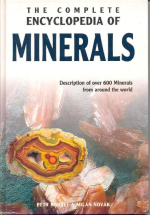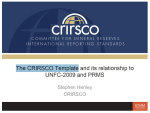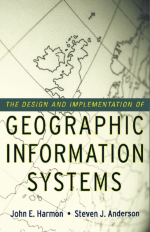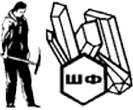The ever increasing number of publications about minerals reflects a growing interest in nature. Most of those publications though only deal with a few dozen of the most common minerals or gemstones. This book fills the gap by also featuring less common and rare minerals. The authors describe over 600 mineral species and varieties, illustrated with about 750 color photographs. In choosing illustrations of particular minerals, aesthetic criteria such as size of crystal and color played a role in addition to their importance and distribution in nature. This book includes some rare minerals, known only from one locality, because they form very attractive crystals or aggregates. There are minerals known to humankind since prehistoric times such as quartz and gold, but also minerals first described quite recently like rossmanite. The photographs show well-formed and colorful crystals but many-aggregates, which are more common in nature, are also included. The minerals in the book are listed according to the mincralogical system of Hugo Strunz, in his book Mineralogische Tabellen in 1978. The chemical formulae of individual minerals follow the form of Glossary of Mineral Species 1995 by M. Fleischer and J.A. Mandarine The information is complemented in both cases with the latest knowledge from scientific literature, such as new nomenclature of amphiboles, micas and zeolites. The mineral descriptions cover the basic physical and chemical data, including chemical formula and crystal system. The data provided correspond mainly to the end-members. The less common valence of the chemical elements is marked in the chemical formula (FeJ, Mn", As", Mn4", Pb'). Where an element features in both valences in the mineral, they are both marked (e.g. ilvaite, braunite).













